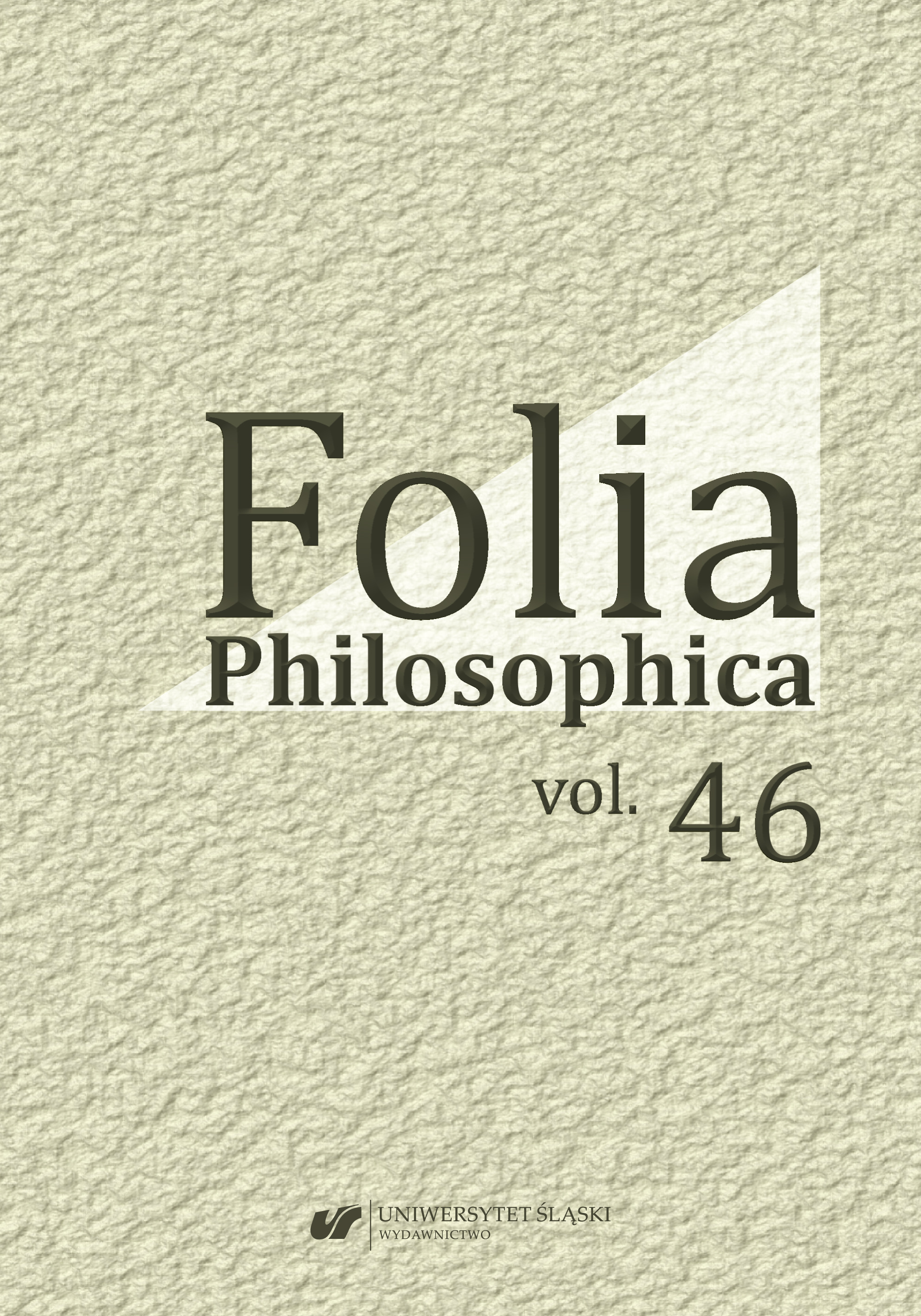Language of Being in Heidegger’s “Turn” (Kehre)
Language of Being in Heidegger’s “Turn” (Kehre)
Author(s): Jacek SurzynSubject(s): Philosophy
Published by: Wydawnictwo Uniwersytetu Śląskiego
Keywords: language; being; turn; enowning; silence;saying;
Summary/Abstract: In this article, I attempt to analyze some of the contexts of the language of being after Heidegger’s “turn” (Kehre), a clearly discernible change in his philosophy in the second half of the 1930s. Heidegger proposed a new concept to revealing being itself, namely its “event‑enowning” (Ereignis). The key to this understanding of being is that now language becomes “the house” of being. Heidegger combined this with the “joint” (fugue) function. Language as a fugue joins with being itself, and therefore constantly follows and touches upon the boundary of silence. Silence is the ultimate complement of language and constantly limits it, because what is said only reveals a part of being, while the rest remains hidden and “expresses” silence, as it is in the case of a fugue, where the main motif of the theme “escapes” into silence. In the text, I first consider the fugue of being, then the language of being as its expression, in order to consider the problem of saying further, and finally analyze the limit of language, i.e. the way to silence.
Journal: Folia Philosophica
- Issue Year: 2021
- Issue No: 46
- Page Range: 1-17
- Page Count: 17
- Language: English

